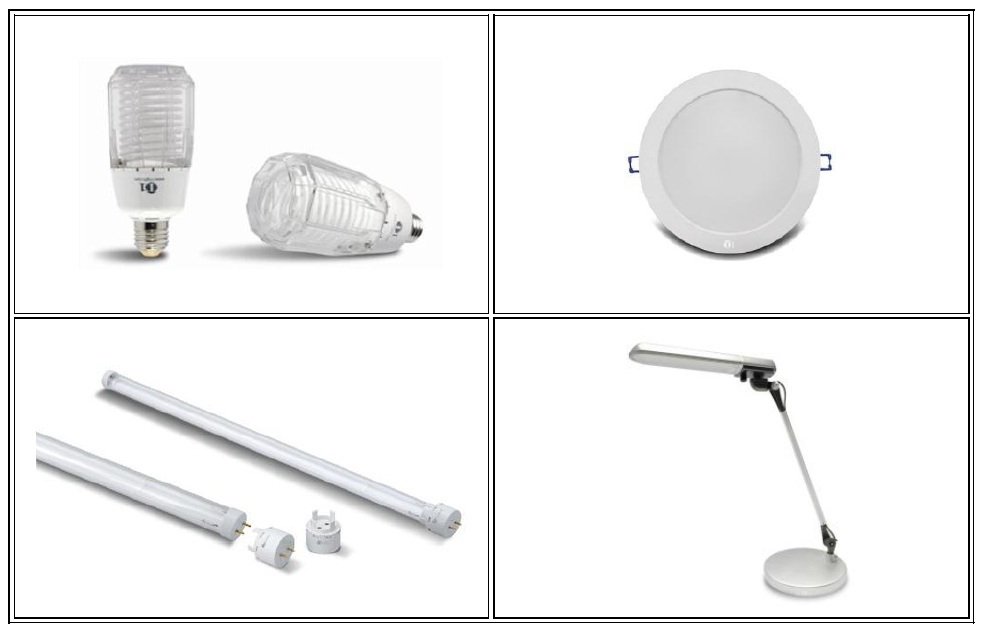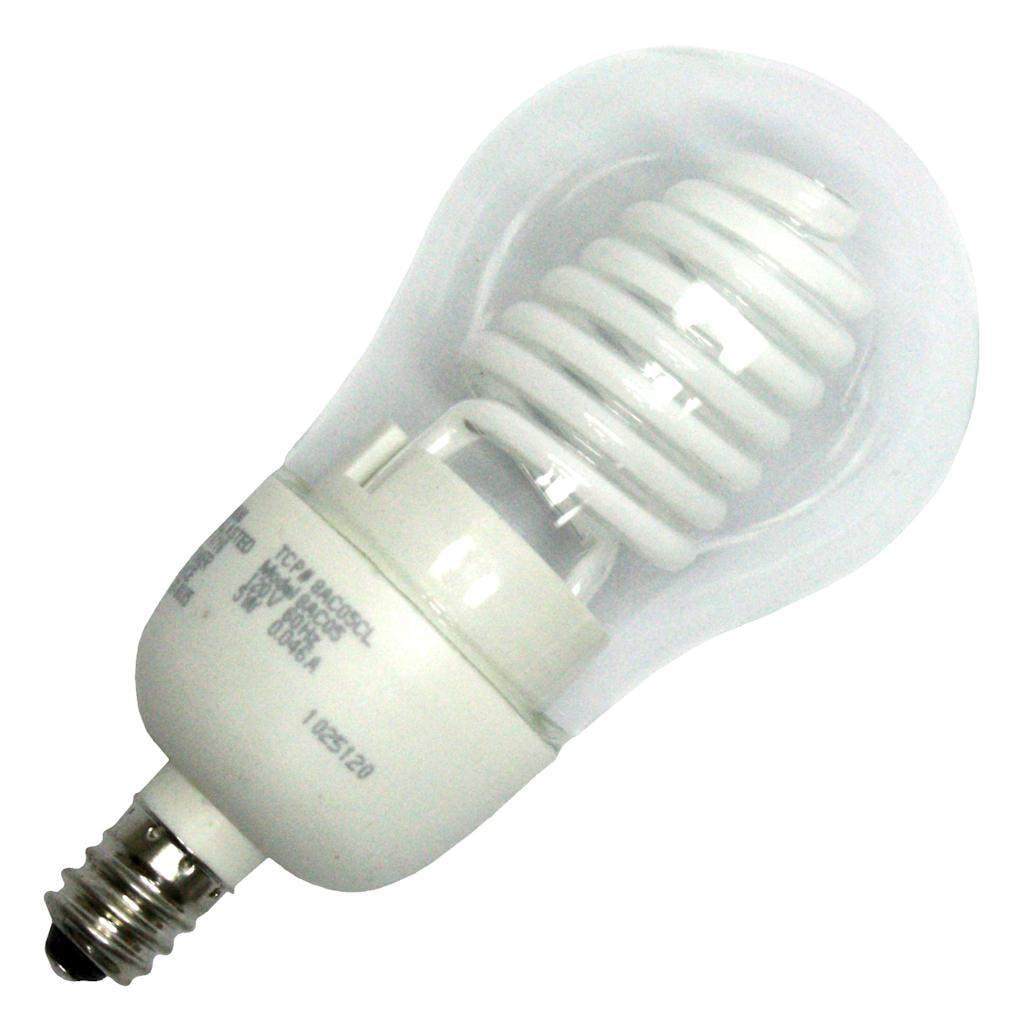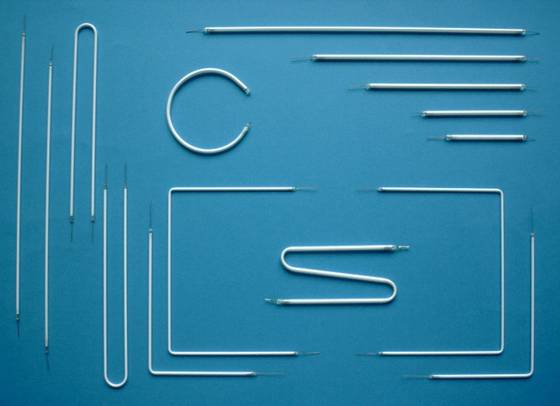
Consequently, fluorescent lamp efficiency is generally a function of size. The heated electrodes are also a substantial contribution to the energy consumption of the lamp.

Material is slowly vaporised from the electrodes and deposited on the inside of the tube, degrading the phosphors and causing most of the characteristic decline in light output as the tube ages. Low voltages damage the tube electrodes due to insufficient heating, resulting in internal tube blackening and a decline in phosphor efficiency.Įven under ideal conditions, the electrodes slowly accumulate damage from the electric arc discharge. Many fluorescent lamps overheat and fail if operated at 15 volts for more than a few minutes. Nominal 12 volt batteries typically reach 15 volts during boost phases and below 11 Volts when discharged. This is a major problem for extra-low-voltage lighting systems using storage batteries. Special gasses in the tube emit ultraviolet light that stimulates fluorescence of the phosphors lining the inside of the tube.Ĭorrect electrode temperature is crucial to the longevity of the lamps which are rapidly degraded by variations from their optimum input voltage and ambient temperature. Even small improvements in lamp efficiency can offset substantial capital and operating expenses for solar lighting systems.Ĭonventional fluorescent lamps apply a voltage between heated electrodes located at each end of the tube, creating an electric arc discharge.

The cascaded has the disadvantage to need separate DC sources but circuit layout is compact and voltage sharing problem is absent. All the topologies have same property of reducing the harmonics. The multilevel inverters are basically classified into three topologies namely, the flying capacitor inverter, the diode clamped inverter and the cascaded H-bridge inverter. An inverter circuit which performs the inversion operation by utilizing resonance in the collector circuit of a transistor is preferably referred to as the " Baxandall converter" in distinction from a true Royer circuit. However the proper definition of the Royer circuit requires that the inversion of a switching operation be performed in a state in which the transformer is saturated. This is sometimes referred to as the " Royer circuit".

Resonant transformer and ultra-small CCFL-Inverter History Īs for the inverter circuit of a cold cathode fluorescent lamp, a resonance type circuit has been widely used.


 0 kommentar(er)
0 kommentar(er)
